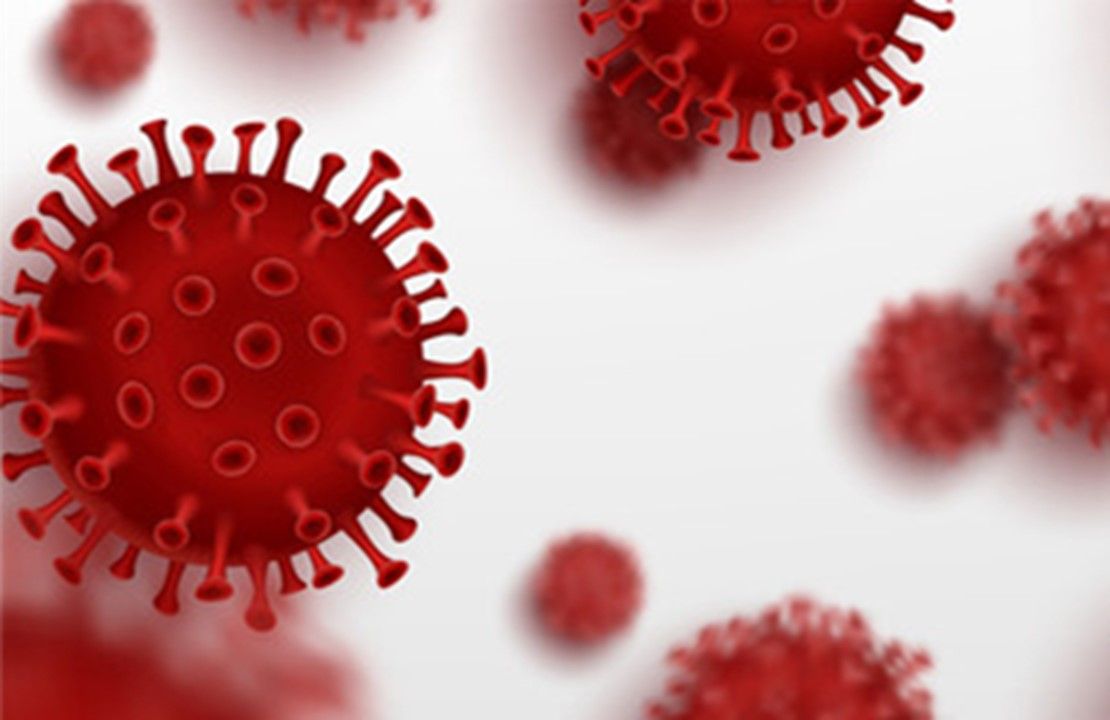New Real-world Study Finds Average Length of COVID-19 Infectiousness is 5 Days
©Gluiki/AdobeStock

A new real-world study found that two-thirds of patients with COVID-19 were still infectious 5 days after the onset of symptoms, and one-fourth were infectious at 7 days.
The research was led by Imperial College London and published in The Lancet Respiratory Medicine.
"There is lack of clarity around how to come out of self-isolation safely,” said coauthor Seran Hakki, PhD, from Imperial’s National Heart and Lung Institute, in a press release. “Our study is the first to assess how long infectiousness lasts for, using real life evidence from naturally acquired infection."
Hakki and colleagues used data from the Assessment of Transmission and Contagiousness of COVID-19 in Contacts (ATACCC) study conducted in the United Kingdom. The ATACCC study was a UK prospective, longitudinal, community cohort of contacts of newly diagnosed, PCR-confirmed SARS-CoV-2 index cases. Household and non-household exposed contacts aged 5 years or older were eligible for recruitment if they could provide informed consent and agree to self-swabbing of the upper respiratory tract.
The study had 2 enrollment periods: ATACCC1, which enrolled individuals from September 13, 2020, to March 31, 2021, and ATACC2, which enrolled patients from May 24, 2021, to October 28, 2021. Fully vaccinated cases were defined as those who had received their second COVID-19 vaccination ≥14 days before index symptom onset; none of the participants received booster vaccinations.
Participants completed a daily diary to track symptom onset. The primary objective of the study was to define the window of SARS-CoV-2 infectiousness from the onset of infection and its temporalcorrelation with symptom onset.
Findings
There were 393 participants enrolled in ATACCC1 and 345 participants in ATACCC2, of which 57 (89% White; median age, 41 years) patients with cases of COVID-19 were included in the final study population.
Twenty-five (44%) of the 57 participants were fully vaccinated and infected with the delta variant. Of the 32 unvaccinated cases, 13 (41%) were infected with pre-alpha, 12 (38%) with alpha, and 7 (22%) with delta variants.
There were 53 (93%) cases that shed viral RNA for more than 7 days, and 51 (93%) had infectious viral shedding detectable as quantifiable plaque-forming units (PFU). The onset of infectious viral shedding was captured in 49 (96%) of 51 cases.
Investigators were able to characterize the window of infectiousness in 42 (82%) of 51 of cases and found that infectious virus was shed for a median of 5 (IQR 3–7) days.
Most (63%) cases had a peak infectious viral load on the same day that there was a peak in the RNA viral load, with only 5 (10%) having a peak infectious viral load 1–2 days before peak RNA viral load, according to investigators. All other cases had a peak infectious viral load 1-2 days after the peak RNA viral load.
“We detected viral RNA shedding in over half of the cases before the onset of symptoms and it has hitherto been assumed that the presence of presymptomatic viral RNA shedding implied the presence of infectious virus,” wrote Hakki et al. “However, we found that infectious viral shedding commenced before the onset of symptoms in only 25% or less of cases, contradicting modelling studies.”
Plaque assays were used to assess the probability of infectious virus presence. There were 25 (74%) of 34 cases that remained infectious for 5 days after the first positive PCR results and 11 (32%) that remained infectious after 7 days. Similar rates were observed when using symptom onset as the first day, with 22 (64%) of cases still infectious after 5 days and 8 (24%) cases still infectious after 7 days.
There were some limitations to this study. Young and older patients were not represented well in this study. Upper respiratory tract swabs to collect samples were self-performed by participants, which may result in variability in sensitivity and specificity. The study was conducted before the emergence of the omicron variant, which prevented evaluation of its RNA and infectious viral loads. The findings should also be interpreted as relating to potential infectiousness, not transmission, as infectious virus presence does not inevitably lead to transmission.
“Preliminary evidence from our study has already informed policy and the real-world evidence presented here could be used to improve infection control policies and optimize guidance on self-isolation to minimize secondary transmission,” concluded Hakki and colleagues.